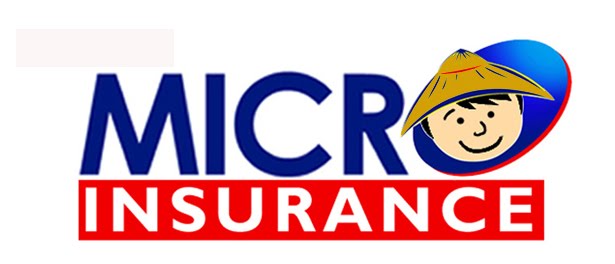Manila Times
December 3, 2014 9:47 pm
THE Philippines was recently cited as the country with the highest insurance penetration rate in Asia by a landscape study commissioned by the Munich Re Foundation in 2013.
Simply put, this means that one in every five Filipinos is protected by microinsurance. This penetration ratio also tells us that the strategy and mechanism for distribution adopted by microinsurance players in the country have been successful in providing access for the product.
Rural banks, cooperatives and microfinance institutions—as licensed distributors—have largely not efficiently reached before.
A challenge remains, however, in providing products that specifically address health and disaster risks.
Despite the protection offered by the state-run Philippine Health Insurance Corp. (PhilHealth), there is still a need to further enhance coverage in order to reduce the out-of-pocket expenditures of low-income families not efficiently reached before.
A challenge remains, however, in providing products that specifically address health and disaster risks.
Despite the protection offered by the state-run Philippine Health Insurance Corp. (PhilHealth), there is still a need to further enhance coverage in order to reduce the out-of-pocket expenditures of low-income families who typically do not have health maintenance organization (HMO) coverage to complement PhilHealth.
To address this, the Department of Finance, Insurance Commission and Department of Health partnered with the private sector to draft a framework for health microinsurance and promote a more inclusive health insurance system. The first public consultation for the framework was held in Cebu last month.
Disaster-related insurance, on the other hand, is also gaining ground as more financial institutions participate to protect the most vulnerable. When the Visayas Region was hit by a powerful earthquake and a destructive super typhoon in 2013, it revealed how defenseless communities are when faced with disasters of such magnitude.
Progressive Bank, a rural bank in Iloilo, played a critical role in helping its clients cope with the effects of the disaster through its microinsurance program, Akap. The cash benefit clients received under the program was used to finance burial expenses, house repairs and purchase of materials for their small businesses.
This proves that while micro insurance is not the silver bullet to poverty eradication, it gives individuals the chance to quickly recover from a financial loss.
Looking forward, coverage will likely continue its upward trend as awareness and the number of Filipinos who benefit from various financial inclusion programs increase. Through continuous innovations in product design and delivery mechanism, our success shall also be complemented with more stories on the positive impact of microinsurance on the lives of Filipinos.



